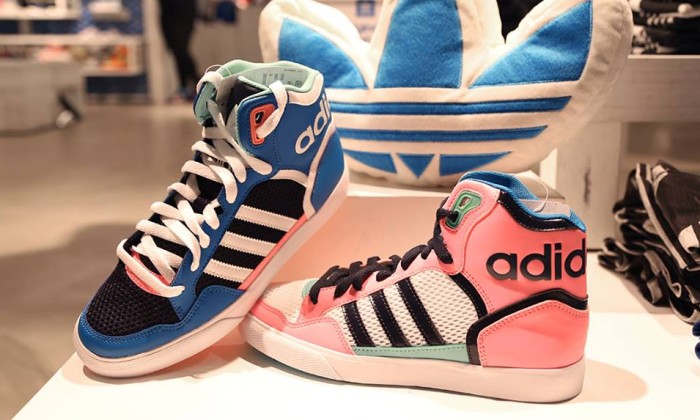
Hong Kong is spoilt for choice when it comes to shopping. The city, you could say, is a veritable smorgasbord of retail global brands.
But it’s also far more than that.
Retail giants, including the likes of MTR, IFC and Swire, have perfected the art of demand and supply, be it for children’s toys or luxury goods.
Every category – from sports to cosmetics, fast fashion, high fashion, consumer electronics, department stores and shopping malls – are clamouring for a slice of the booming retail dollar and are going to great lengths to offer immersive experiences – from unique scents, lighting, creative in-store designs, music, concierge services and even day care centres for infants.
If you’re wondering why, here’s a statistic that may or may not come as a surprise.
In 2013, the total value of retail sales was $494.5 billion – an 11% increase on 2012. A staggering number and probably one of the reasons why Hong Kongers are considered among the most savviest shoppers in the world.
In 2014, the government says there’s very little reason to believe this trend will slow. A favourable job market, good income conditions and sustained inbound tourism (read Mainland China) should keep the momentum alive for the near future.
So with all this cash floating around, do retailers and marketers have much to worry about when it comes to selling?
While there’s probably no huge cause for concern, there are issues retailers and marketers in the retail space need to seriously consider in the years ahead.
A soaring rental market is already putting huge amounts of pressure on the local retail industry and is probably one of the most pressing issues today – particularly as the number of cashed-up global brands look for expansion in Hong Kong.
New and empowered customers have become increasingly demanding when it comes to expectations for online channels and at the coalface of retail, in-store.
“The experience has to be continually evolving,” says Betty Leong, head of investment property at MTR Malls.
“All these services we are providing, they’re not enough. It’s making sure people have the right experience.”
This is especially true in Hong Kong, Leong says, where everything is less than 30 minutes away.
New innovation
In the past, a little differentiation in a brand’s strategy would go a long way, but today’s brands need to navigate through a complex maze of information and multiple touch-points as technology has made the journey less linear and more social.
The key to winning a better share of the consumer’s wallet lies in the understanding of the new and evolved shopper journey.
At times the path to purchase concludes online and, at times, it is straight back off-line, but more often than not, there is a continuous interplay of digital touch-points along a real world journey to a final transactional destination.
Which digital touch-points should connect and inform? Which touch-points should engage the shopper more deeply? And which ones should convince the shopper on the transaction they are about to make, are just some of the questions marketers need to ponder.
The majority of brands still organise their channel activities – in-store, out of store or online – through organisational silos that rarely interact.
How they deliver information, both online and offline, is key and how they interact with shoppers in-store is as critical as ever.
How do brands gear up for this new path to purchase and make the right connections with consumers at the right touch-points?
“It is about creating a complete experience and technology should be seen as an enabler, rather than a driver,” says Jonathan Cummings, managing director of StartJG.